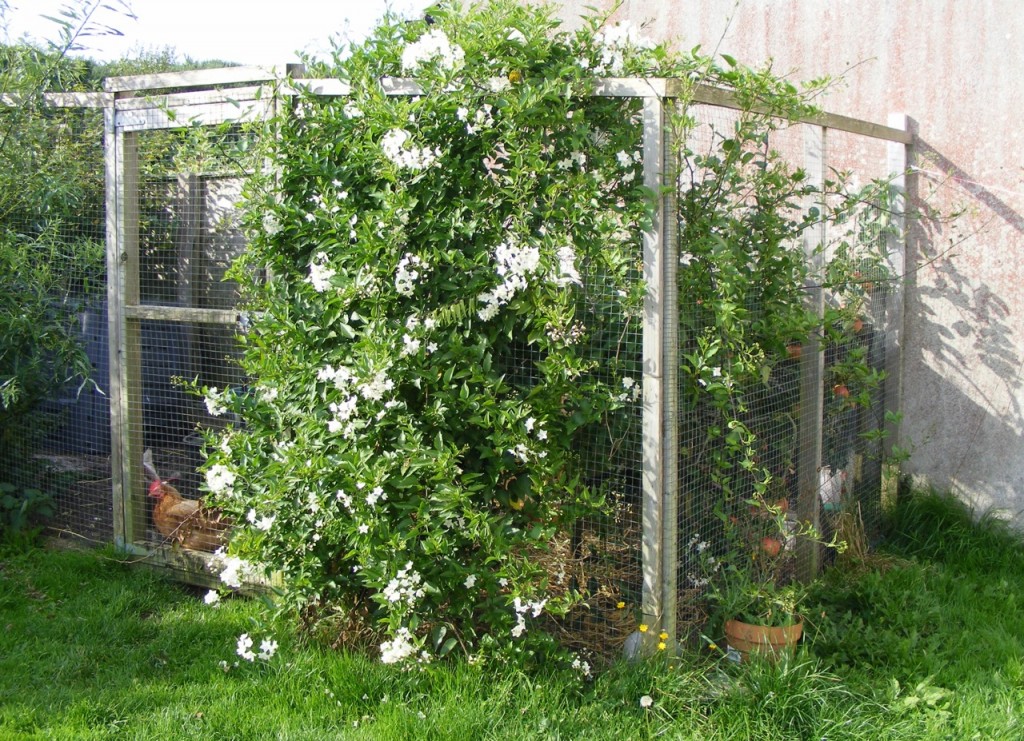I’ve been working on a couple of paintings based on the Connemara coastline. I used some photos I took off the coast of Inishturk for reference. I started out with some texture in the form of paste which I applied directly onto a canvas board, in an effort to get some movement into the piece as well as surface texture. I had last winter in my mind and the destructive nature of the water which changed some parts of our coastline dramatically.
Textured paste on board
Next some colour – new greens just purchased ( mixed with a little brown ) blue, gold and white. I left the canvas to dry overnight at this point and continued working on some other boards.
First layers of colour
Here’s the finished piece. I’ve added more colour in the form of paint and acrylic ink. This one took only two sittings after which I felt it was ready to varnish. I developed the next two canvases a little further as you will see in the next post.
Finished paining

























